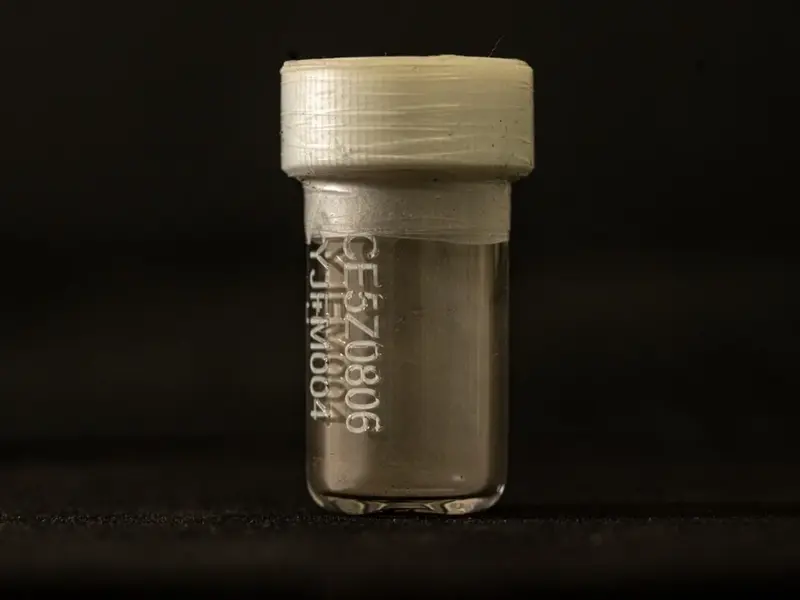Moon Dust: A Rare Treasure from Space
Monday, 2025/05/12217 words3 minutes457 reads
In a significant development for lunar research, the first Moon rock samples brought back to Earth in nearly five decades have arrived in the UK, courtesy of China's space program. These minuscule grains of lunar dust, collected during the Chang'e 5 mission in 2020, are now securely housed in a high-security facility in Milton Keynes.
Professor Mahesh Anand, the sole UK scientist granted access to these exceptionally rare samples, describes them as "more precious than gold dust." The research team plans to employ sophisticated analytical techniques, including laser spectroscopy and high-temperature extraction, to unlock the secrets held within these cosmic particles.
The primary objective of this research is to address fundamental questions about lunar formation and the early history of our planet. One prevailing theory posits that the Moon formed from the debris ejected when a Mars-sized celestial body collided with Earth approximately 4.5 billion years ago. The analysis of these samples could provide crucial evidence to corroborate or refute this hypothesis.
This collaborative effort marks a significant step in international space science cooperation, with China granting access to these samples to seven international researchers for the first time. The findings from this study could potentially revolutionize our understanding of the Earth-Moon system and shed light on the processes that shaped our solar system in its infancy.
